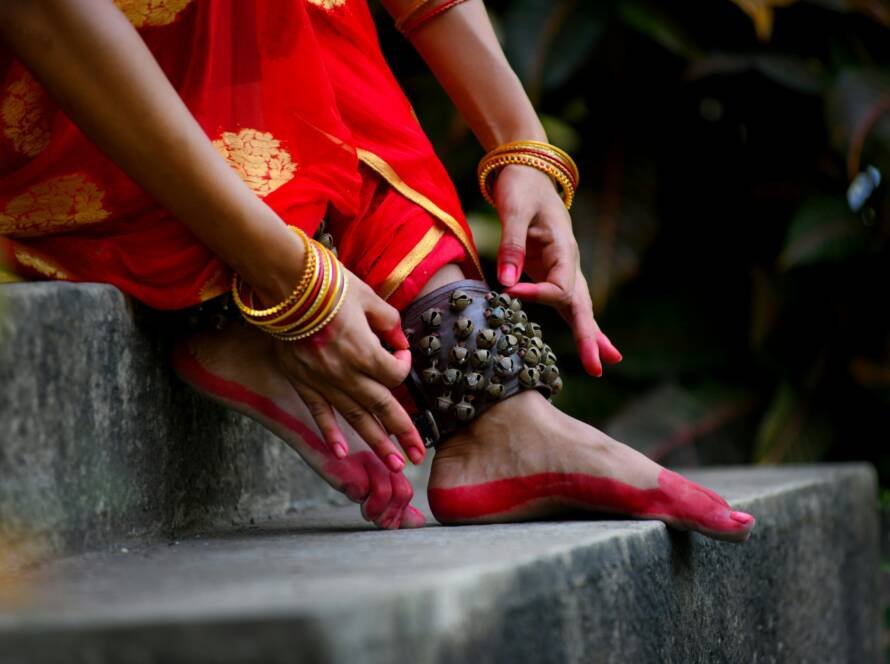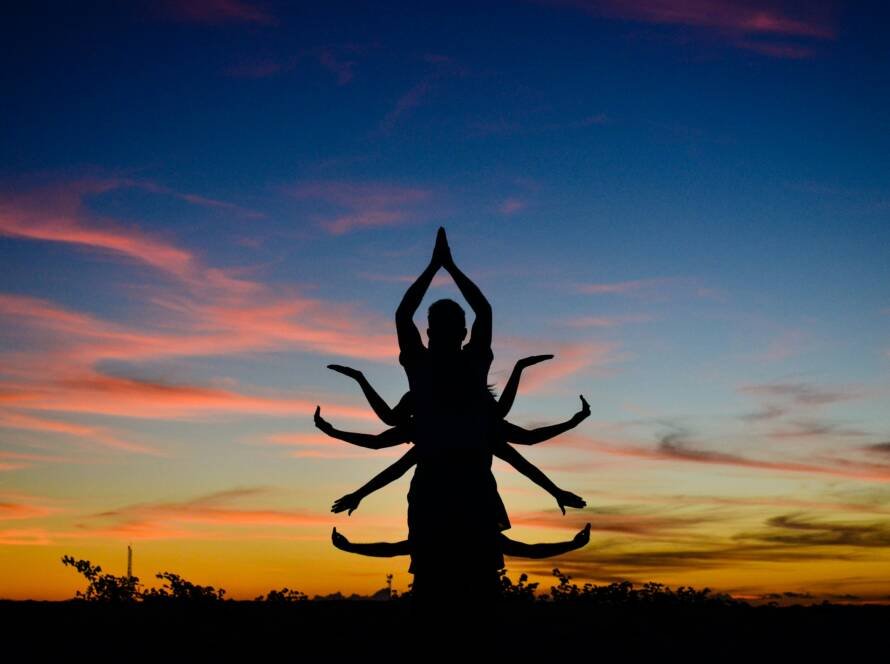Learning Through Living
In the quiet hush of dawn, the sound of anklets mirrors the beat of a reverent heart. A student bows low, touching the feet of the guru—offering not just respect, but surrender. This is not a mere ritual. This is the soul of Indian classical dance: the Guru-Shishya Parampara, an ancient tradition where art is not taught, but transmitted; not instructed, but lived.
A Bond Beyond Instruction
In the world of Bharatanatyam, Kathak, Odissi, and other classical forms, the relationship between the guru and the shishya (disciple) is sacred. It is not confined to the studio or the classroom—it flows into life itself. Here, the guru is more than a teacher; they are a guide, a nurturer, a mirror of discipline and devotion. The shishya does not merely learn technique—they absorb ethos, energy, and essence. Dance becomes a lived philosophy, not a performative skill.
This tradition has its roots in the Vedic age, when knowledge was handed down orally, heart to heart, mind to mind. Ashrams and gurukuls were not institutions—they were ecosystems of learning where living with the guru meant imbibing values, humility, and spiritual discipline. In dance, this meant waking with the rhythms of nature, practicing not just mudras and movements but patience, grace, and perseverance.


The Silent Lessons
Imagine a young Odissi dancer observing her guru tie her saree with quiet elegance, adjust her ghungroo with care, or offer a silent prayer before practice. These subtle moments carry just as much weight as the choreographed ones. They teach the dancer how to inhabit the art, not just perform it. This is learning by being, the essence of Guru-Shishya Parampara.
It is through this immersive living that rasa—emotional depth—is cultivated. Without such grounding, abhinaya becomes hollow, and rhythm loses its soul. The guru doesn’t just correct movements—they ignite spirit. They shape character. They help the dancer become the dance.
The Dance of Devotion
This sacred tradition is not without its challenges in the modern world. Urban life often prefers convenience to commitment. Digital platforms bring tutorials but not the tap of the guru’s stick or the warmth of their glance. Yet, those who have tasted the Parampara know that no virtual substitute can replicate the transformative power of shared silence, shared breath, shared reverence.
When a dancer learns under a guru, they are not just becoming an artist—they are becoming part of a lineage. Their body carries the memory of generations, their movement becomes a tribute to a continuum of culture. It is not about stage lights or applause—it is about surrender, transmission, and transcendence.
Why It Still Matters
In a time of instant gratification and fragmented attention, the Guru-Shishya tradition offers something precious—depth, discipline, and devotion. It is a reminder that true learning takes time, humility, and trust. It teaches that the arts are not entertainment—they are sacred expressions of the self, the cosmos, and the divine.
By reviving and respecting this tradition, we are not merely preserving heritage—we are nurturing future generations of dancers who understand that their art is not theirs alone. It is a gift, passed down with grace, meant to be honored with responsibility.
A Living Legacy
To witness a student bowing at their guru’s feet is to witness India’s timeless soul. In that gesture lies centuries of tradition, whispers of ancient temples, echoes of Natya Shastra, and the heartbeat of a culture that believes that true knowledge is a journey from the outer to the inner, from the learned to the lived.
May we continue to cherish this sacred thread that binds not just guru to shishya, but each of us to the living, breathing spirit of India’s artistic legacy.



